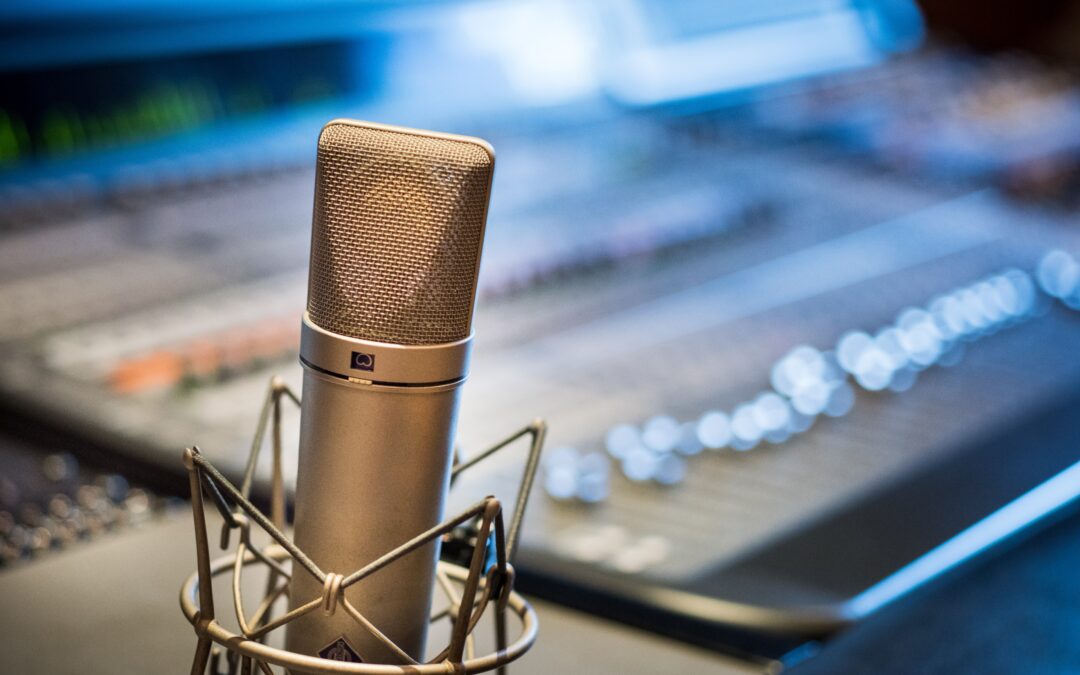Breathing is a fundamental aspect of life, yet it is often taken for granted. However, in the world of voice-over, breathing is a critical aspect of delivering a polished and professional performance. The breath control technique in voice-over refers to the ability to regulate one’s breathing in order to produce a clear, consistent, and controlled delivery of the voice.
The process of breath control starts with taking deep breaths, inhaling deeply into the diaphragm, and exhaling fully. This process helps to oxygenate the blood and provides the necessary air to sustain performance. Additionally, it also helps to reduce tension in the muscles that support the voice, resulting in a more relaxed delivery.
One of the benefits of breath control in voice-over is increased vocal stamina. A voice-over performer who lacks proper breathing control will quickly become fatigued, resulting in a performance that is lackluster and lacks energy. Proper breath control allows the performer to sustain a performance for longer periods, without becoming tired or losing their voice.
Another benefit of breath control is improved voice clarity and projection. When the voice is relaxed and supported by proper breathing, it becomes easier to articulate words clearly and project the voice to the audience. This leads to a more professional-sounding performance, which is essential in the voice-over industry.
In conclusion, the breath control technique in voice-over is a critical aspect of delivering a polished and professional performance. By taking deep breaths, exhaling fully, and speaking with relaxed diaphragmatic support, voice-over performers can increase vocal stamina, improve voice clarity and projection, and create a more professional-sounding performance. Whether you are an aspiring voice-over artist or a seasoned professional, mastering the breath control technique is a must.

